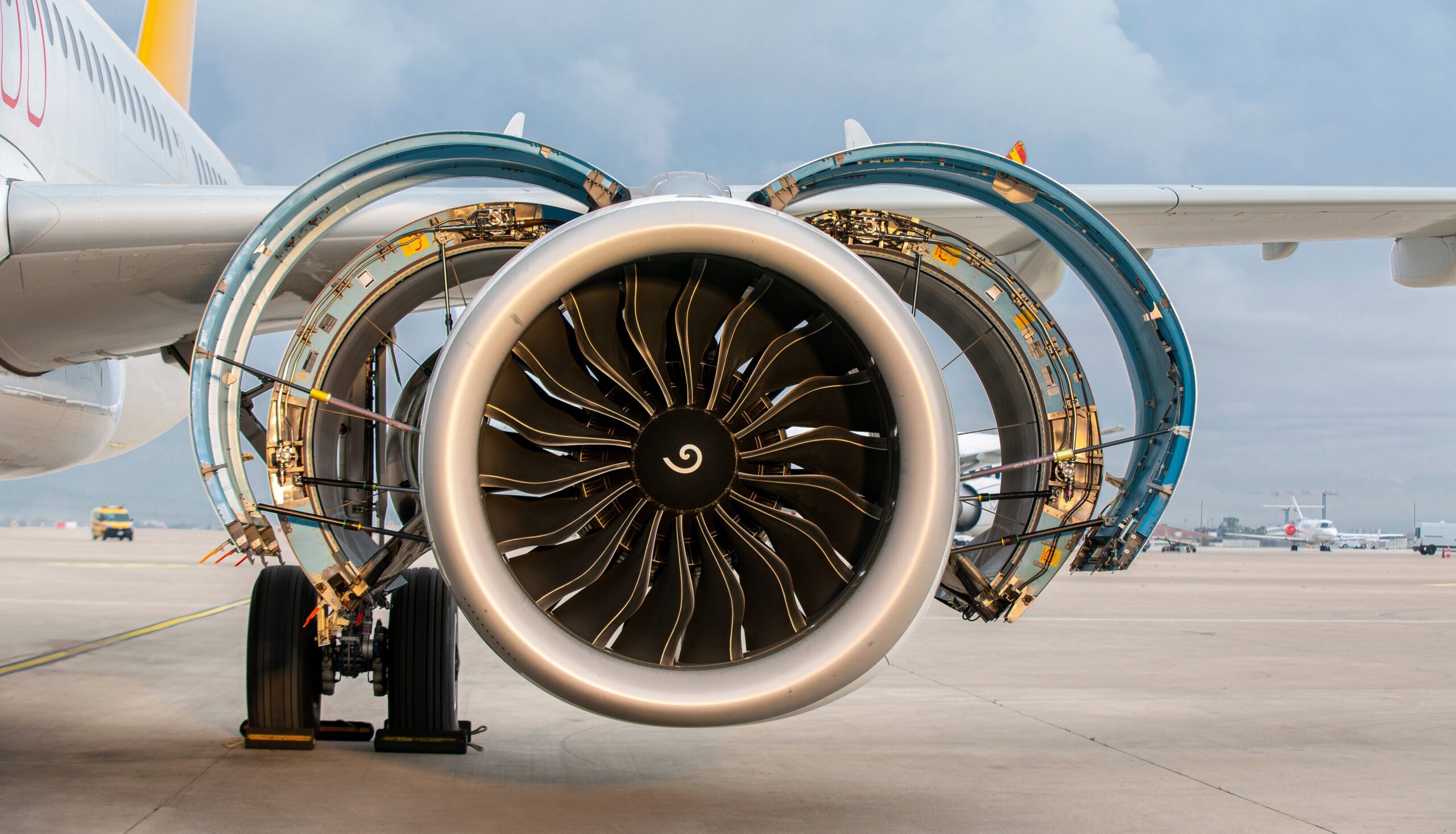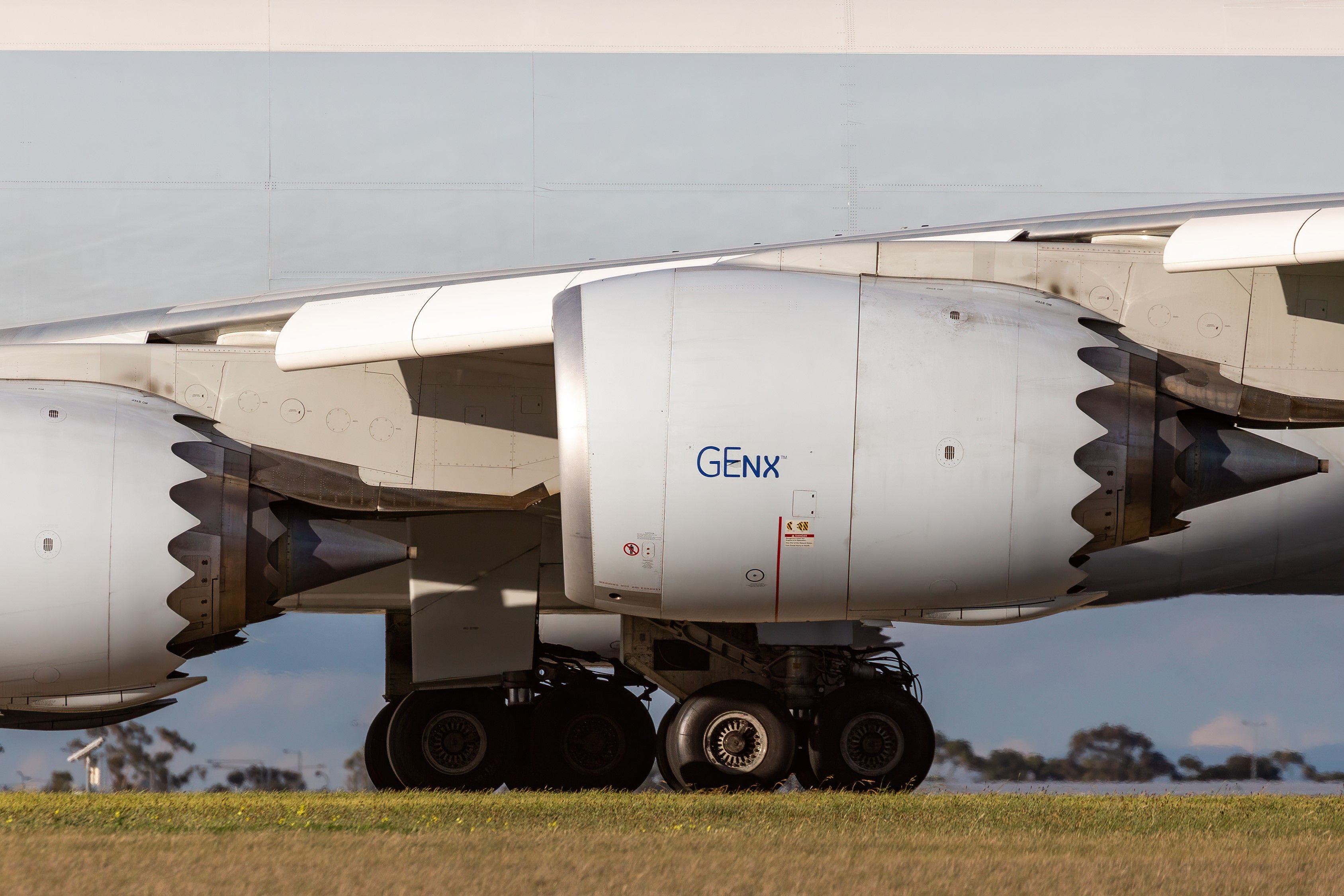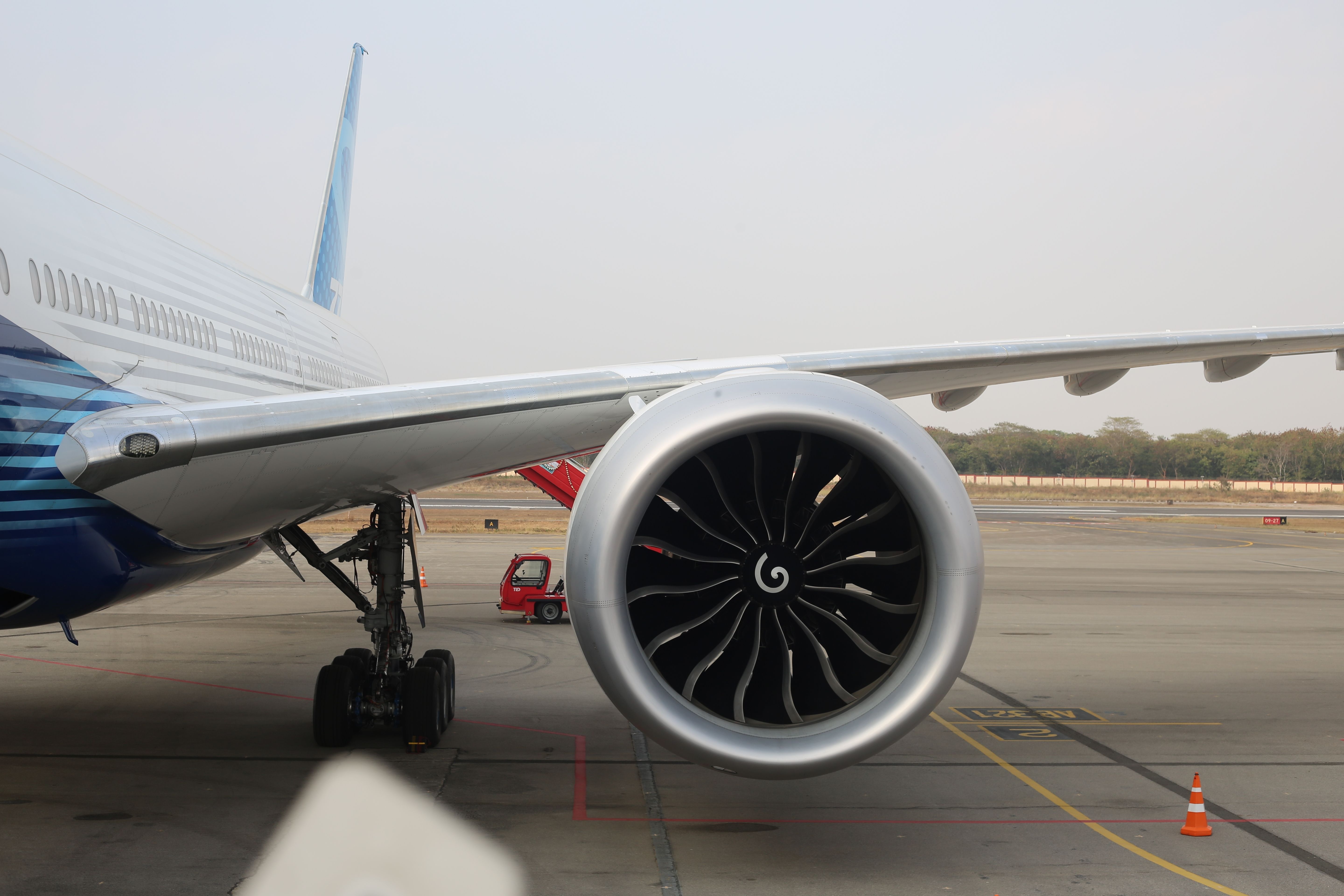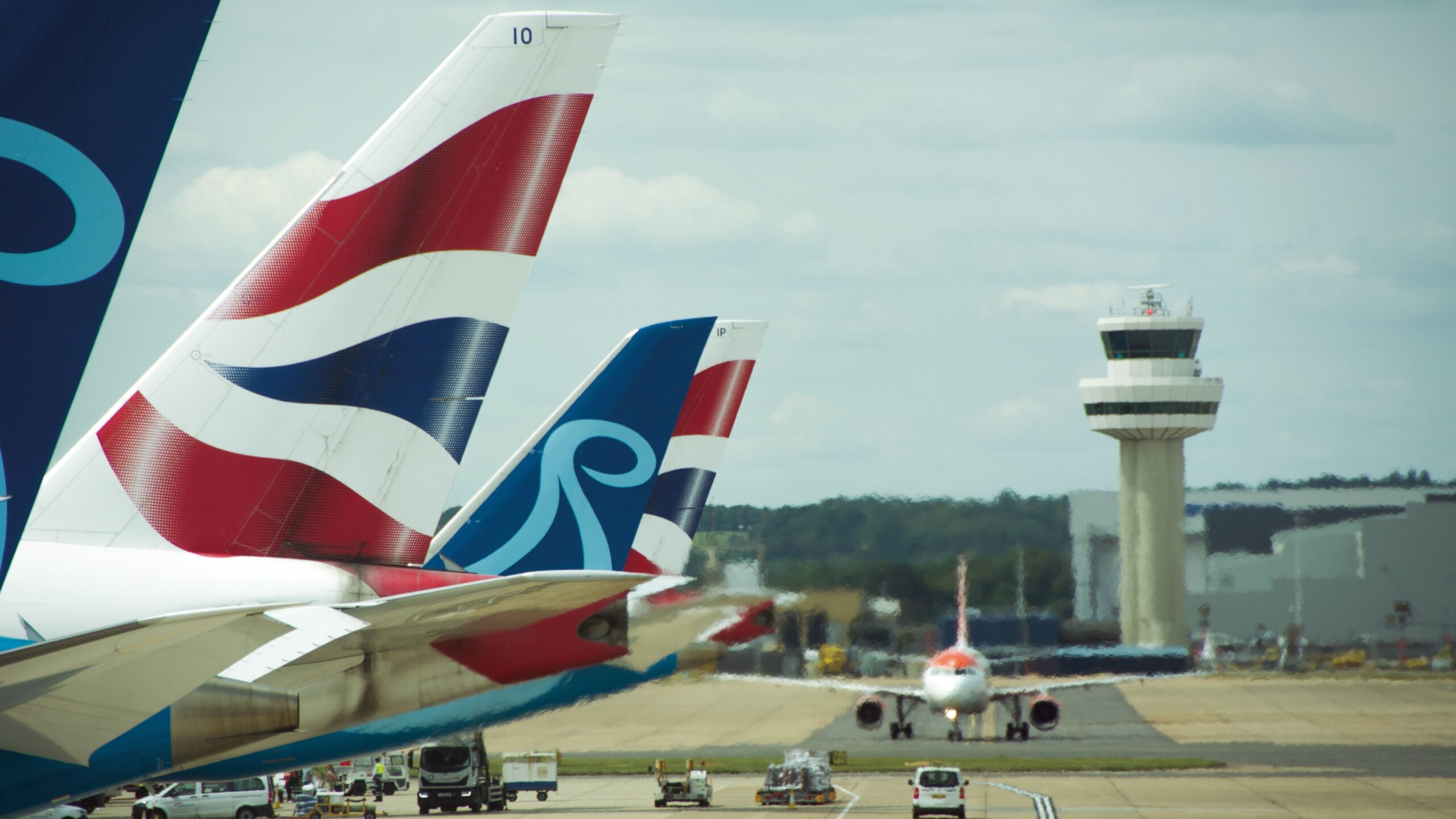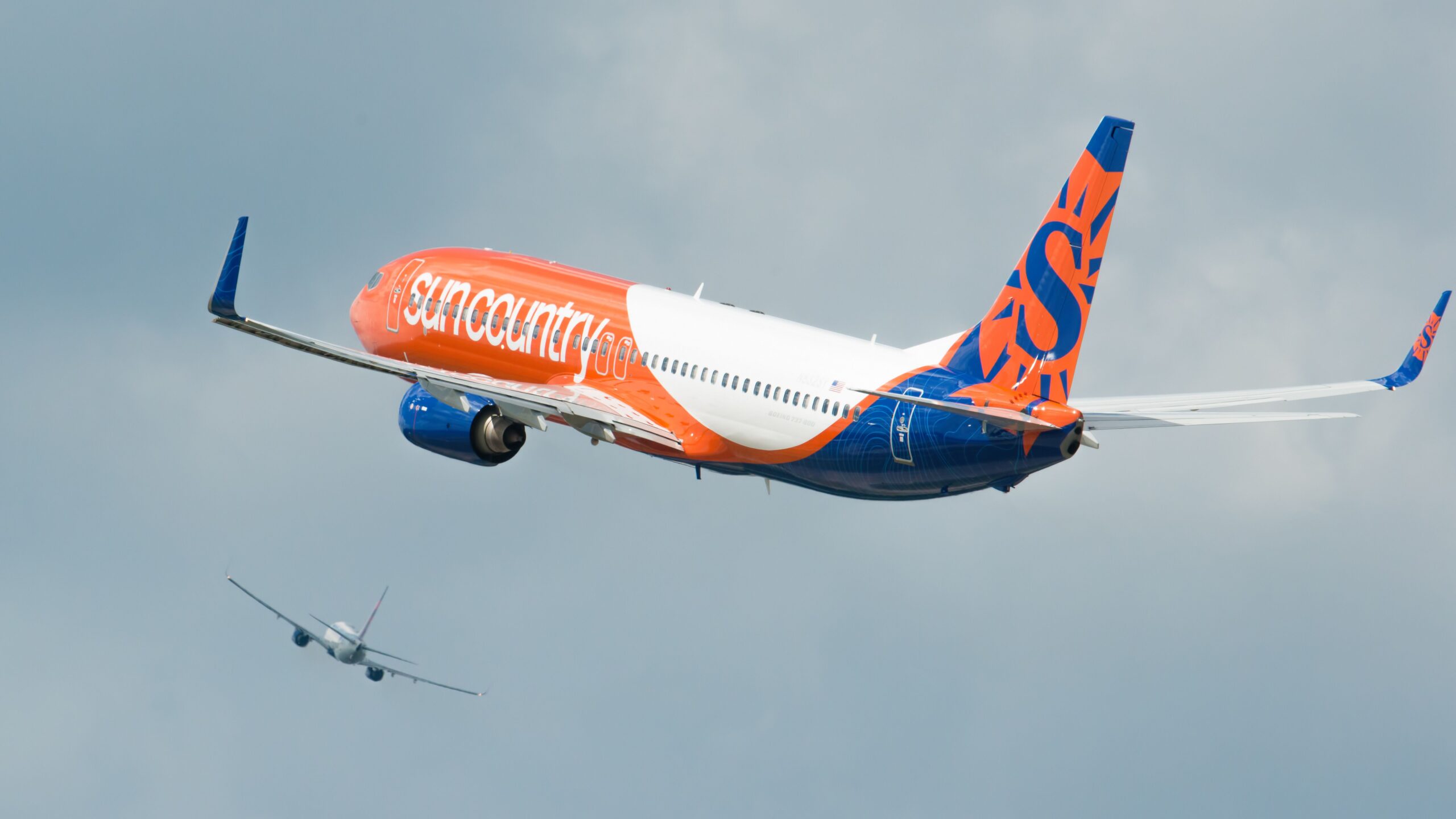Summary
- Airlines will face increasing wait times for engine maintenance due to a shortage of parts and skilled labor, peaking in 2026.
- Next-generation engines have turnaround times 150% higher post-pandemic, putting pressure on MRO providers worldwide.
- Lack of jetliner suppliers offering engine options exacerbates the maintenance crisis, with the Pratt & Whitney GTF engines facing early maintenance issues.
A worldwide shortage of parts, skilled labor, and new aircraft after the post-pandemic aviation boom, coupled with the higher frequency of engine maintenance for next-generation fuel-efficient engines, has resulted in the longest-ever waits for engine maintenance.
Delays galore
According to Reuters, airlines will face increasing wait times for engine maintenance, with demand and wait times estimated to peak in 2026. The parts and labor shortage will put immense pressure on maintenance, repair, and overhaul (MRO) providers worldwide as they struggle to keep up with the increasing demand for maintenance.
The Reuters story highlights a report by consultancy group Bain & Company. According to the report, turnaround times for next-generation engines, such as the Pratt & Whitney GTF and CFM International LEAP, are 150% higher than pre-pandemic values and 35% higher for legacy engine types.
Photo: Ryan Fletcher | Shutterstock
Jim Harris, the co-leader of Bain’s global Aerospace and Defense practice, spoke about the findings, saying:
“Aircraft engine MRO demand is likely to experience a near-term peak in 2026 and remain constrained through the end of the decade. The next large surge in demand from new-generation engines will begin towards the end of 2030. Unless MRO companies act quickly to close this capacity gap, airlines will face higher costs to operate constrained fleets. The financial burden, on top of growing costs to decarbonize air travel, is likely to slow passenger travel growth.”
The problem is being exacerbated by the slower delivery of new aircraft, which forces airlines to operate older aircraft. These often require more complicated and time-consuming maintenance and parts that are harder to source due to their age.
While MRO outfits will be under heavy stress, the business is at an all-time high, according to the Chief Executive Officer (CEO) of Malaysian MRO firm Asia Digital Engineering (ADE), who spoke to Reuters. In fact, ADE will be opening a new hangar in August.
However, as Jim Harris pointed out, the negative effects for airlines might continue past 2026 if MRO companies cannot adequately manage the demand before the next cycle of engine maintenance begins.
.jpg)
Related
What Is MRO In Aviation?
An MRO facility must be certified by the country’s regulatory authority.
Lack of choice and engine issues
The main issue regarding engine maintenance and the parts shortage is the lack of jetliner suppliers. Many aircraft manufacturers only offer one or two engine options with their aircraft, and some don’t offer any options at all.
Photo: Aerospace Trek | Shutterstock
For example, Airbus offers two options for its best-selling A320neo, the LEAP-1A from CFM International and the GTF (Geared Turbofan) from Pratt & Whitney. The A320neos direct competitor, the 737 MAX, is only offered with the LEAP-1B engine.
Regulators have forced Boeing to slow down aircraft production until proper quality controls are implemented. Meanwhile, a major engine issue has caused the Pratt & Whitney GTF engines to require maintenance much sooner than expected.
The powdered metal used to produce many engine components was contaminated. The issue affects nearly 1,200 engines and is estimated to ground 350 aircraft annually through 2026. It is one of the reasons for the engine maintenance crisis.

